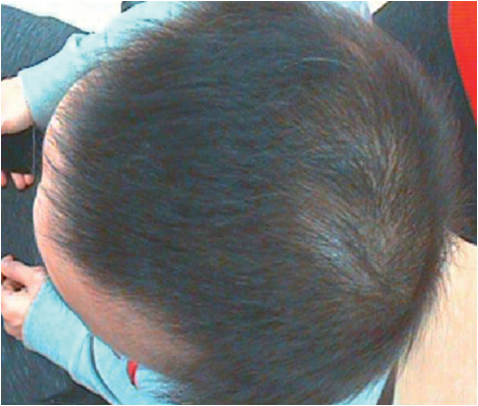
▶ Previous Artlcle : #5-4. Alopecia Areata
With the recent development of biological products, many biological products targeting T lymphocyte-mediated immune diseases are being studied for use in the treatment of alopecia areata.
3. Prognosis
Most alopecia areata have a good prognosis, and there is a report that about 80% of alopecia areata that is small and less than a year after it occurs can be recovered naturally.
Alopecia areata occurring after puberty tends to recover naturally, and when it occurs in children, it is known to have a poorer prognosis than adults.
[Advertisement] MAGNUM(Q-switched Nd:YAG Laser) – Manufacturer: (www.i-dana.com)]
The poor prognosis is as follows.
1) The initial onset age is low (before puberty).
2) The morbidity period is long (5 years or more).
3) There are accompanying diseases such as atopy and vitiligo.
4) Family history of alopecia areata.
5) Alopecia totalis: Hair loss in which the entire hair falls out.
6) Alopecia universalis: Hair loss in which the entire body hair, including hair, eyebrow, eyelash, beard, pubic hair, and armpit hair, falls out.
7) Ophasis: A form around one ear leading to the other along the side and back of the head.
When viewed from the back of the head, there is a feeling of snake crawling, so it is called ophasis.
8) Reticular alopecia areata: Hair loss in which small and distinct bald sites are scattered around the head, showing a net shape.

Figure 5. Alopecia totalis in a male in his 20s. 5 months after treatment.
-To be continued




















